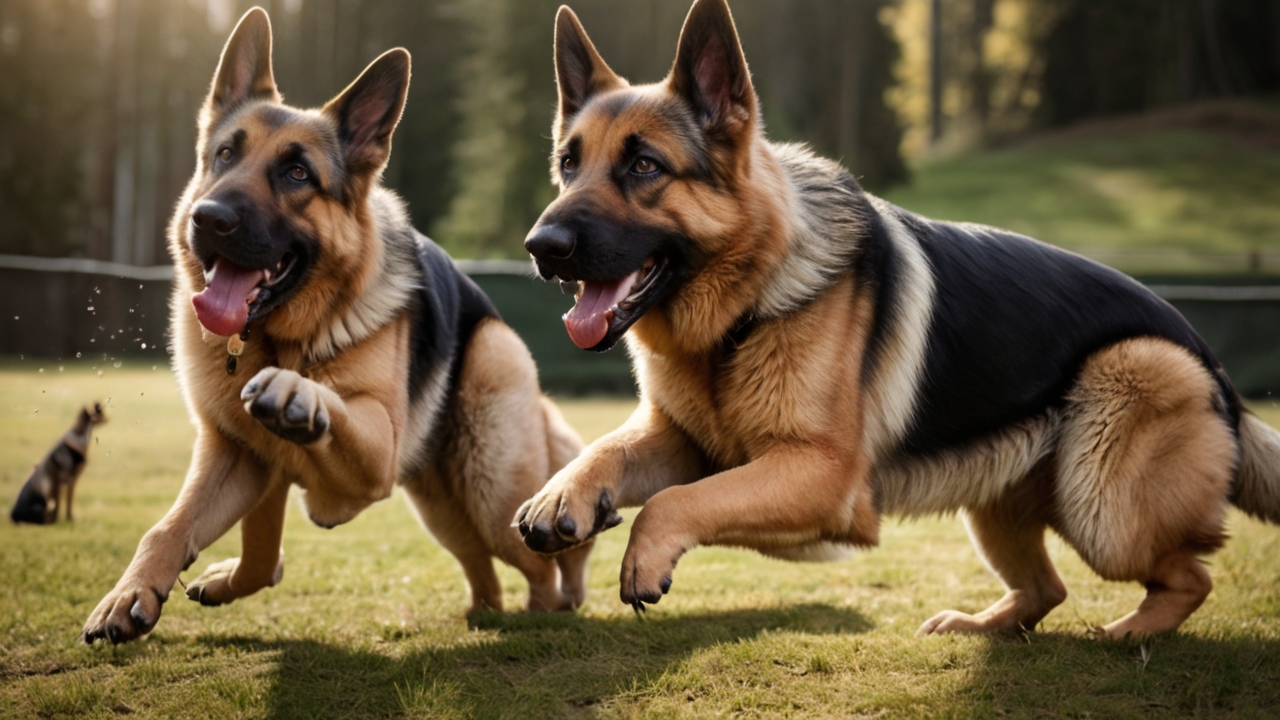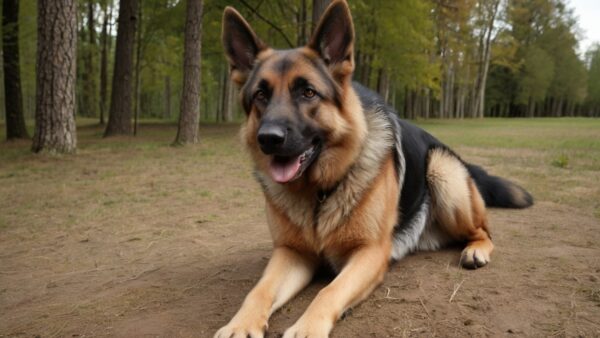Understanding the German Shepherd Dog Bite Force: Myths and Facts

Introduction
When discussing the strength and capabilities of dogs, the topic of bite force often arises. The German Shepherd dog bite force is a point of interest due to the breed’s reputation for being strong, protective, and highly trainable. In this article, we’ll delve into the specifics of the German Shepherd’s bite force, comparing it to other breeds, and debunking common myths surrounding this powerful canine characteristic.
Key Takeaways
- Bite Force Measurement: The bite force of a German Shepherd is generally estimated to be around 238 PSI (pounds per square inch), though this can vary.
- Comparison to Other Breeds: While German Shepherds have a strong bite, they are surpassed by breeds like the Rottweiler and Kangal.
- Factors Influencing Bite Force: A dog’s bite force can be influenced by its size, jaw structure, training, and overall health.
What is Bite Force?
Bite force refers to the pressure exerted by a dog’s jaws when it bites. It is typically measured in PSI (pounds per square inch). Understanding bite force is important for recognizing the potential power of a dog’s bite and its implications in various scenarios, such as protection work, law enforcement, and bite inhibition training.
German Shepherd Dog Bite Force
The German Shepherd dog bite force is often cited at around 238 PSI. This figure positions the German Shepherd among the stronger breeds in terms of bite strength, though it is not the highest. German Shepherds are known for their well-balanced strength and versatility, making them excellent working dogs in roles such as police, military, and search and rescue operations.
Comparison Table: Bite Force of Different Breeds
| Breed | Bite Force (PSI) |
|---|---|
| German Shepherd | 238 PSI |
| Rottweiler | 328 PSI |
| American Pit Bull Terrier | 235 PSI |
| Kangal | 743 PSI |
| Dogo Argentino | 500 PSI |
Factors Influencing Bite Force
Several factors can influence the bite force of a dog, including:
- Size and Jaw Structure: Larger dogs with strong, muscular jaws typically have a higher bite force.
- Training: Dogs trained for protection or law enforcement roles may develop stronger bites due to their training.
- Health and Nutrition: A healthy dog with a proper diet will have better muscle development and overall strength, including bite force.
Myths About German Shepherd Bite Force
There are many myths surrounding the bite force of German Shepherds:
Myth 1: German Shepherds Have the Strongest Bite
While German Shepherds have a strong bite, they do not have the strongest bite among dog breeds. Breeds like the Kangal and Rottweiler have higher bite forces.
Myth 2: Bite Force is the Only Indicator of a Dog’s Strength
Bite force is just one aspect of a dog’s overall strength. Factors like agility, endurance, and intelligence also play crucial roles in a dog’s capabilities.
Myth 3: A Strong Bite Force Means Aggression
A strong bite force does not necessarily indicate aggression. German Shepherds are known for their balanced temperament and can be both protective and gentle, depending on their training and socialization.
Practical Implications of Bite Force
Understanding the bite force of a German Shepherd is important for various practical reasons:
- Protection Work: German Shepherds are often used in protection work due to their strong bite and trainable nature.
- Law Enforcement: Their bite strength makes them effective in apprehending suspects and performing search and rescue missions.
- Bite Inhibition Training: Knowing the potential power of a German Shepherd’s bite underscores the importance of proper training and socialization to prevent unwanted biting behavior.
Conclusion
The German Shepherd dog bite force is a testament to the breed’s strength and versatility. While they possess a powerful bite, it is essential to remember that bite force is just one aspect of their many capabilities. Proper training, socialization, and care can harness their strength in positive ways, making them excellent companions and working dogs. For more information on German Shepherds and other breeds, visit Pet Street. Understanding the potential and characteristics of different breeds helps in making informed decisions and ensuring a harmonious relationship with your canine companion.
Explore additional resources:






